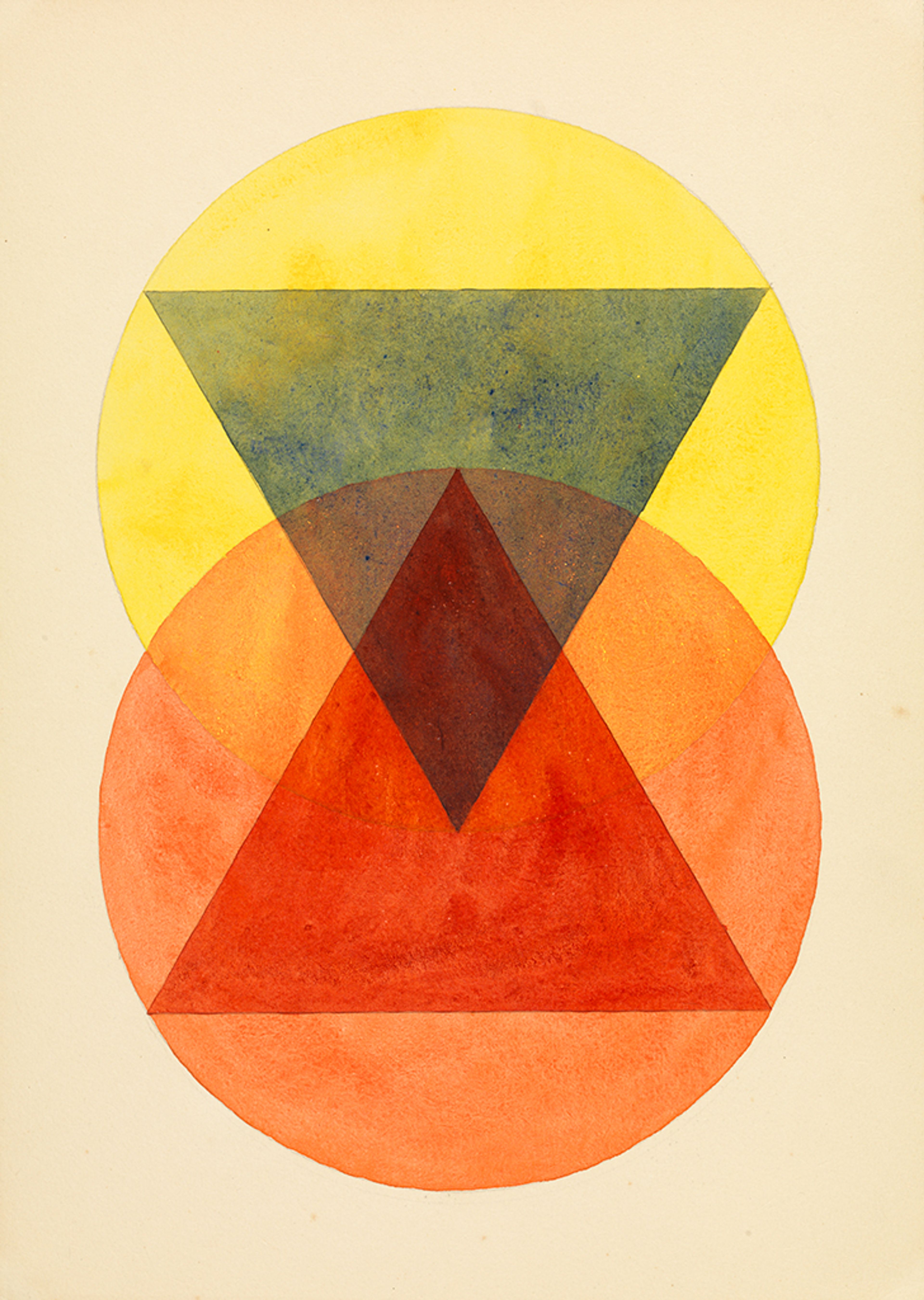The Getty Research Institute, Los Angeles
June 2019
Almost mythic in status, the Bauhaus is seen as one of the most influential schools of art and design of the twentieth century. Established in 1919, the Bauhaus sought to erode distinctions among crafts, the fine arts, and architecture through a program of study centered on practical experience and diverse theories. Until the school’s forced closure by the Nazi regime in 1933, students and masters worked with a variety of traditional and experimental media and continually reconceived the role of art and design in contemporary society. Despite its relatively brief, itinerant existence, the Bauhaus occupies an outsize position in the cultural imaginary. Marking the hundredth anniversary of the school’s opening, Bauhaus Beginnings reexamines the founding principles of this landmark institution. The exhibition considers the school’s early dedication to spiritual expression and its development of a curriculum based on elements deemed fundamental to all forms of artistic practice. Artists featured in the exhibition include teachers at the school such as Paul Klee, who taught at the Bauhaus from 1921 to 1931.
